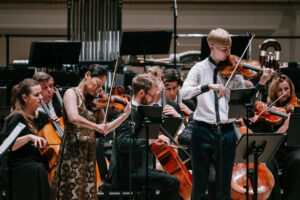
In listening to a three-hour concert of music by Arvo Pärt, the brilliance of the Estonian composer’s craft becomes clear. His use of percussion is a masterclass in orchestration, announcing the beginning of a piece with a chime, punctuating string passages with a ding or a gong, and clamorous timpani rolls in rare fortissimo moments.
This all-Pärt concert on October 23 was the first program in a season-long celebration of the 90-year old composer at Carnegie Hall. Pärt holds the Composer’s Chair at Carnegie this season (that’s the Richard and Barbara Debs Composer’s Chair, to you). The occasion was also the American debut of the Estonian Festival Orchestra, founded in 2011 by Paavo Järvi, who conducted this performance.
Much of Pärt’s music is deceptively simple: descending scales, modest melodies repeated over and over, block chords and spare orchestration. He is a master of form as well, building a clear emotional arc in every composition, playing on extreme dynamic markings. This was deftly demonstrated by the Estonians, with pianissimo passages that were barely perceptible and subtle shades of softness, holding thunderous fortes for special moments. Another effective technique is his unabashed use of silence – in such a patient way that there is no compulsion to jump in and fill the void.
Only one work on this program reminded me why I have avoided listening to Pärt’s music for many years. The second movement of Tabula Rasa, one of the longest works on the program, was an exercise in restraint. Slow and repetitious without forward motion, it ultimately was tedious and boring. The way this music stopped time seemed to resonate with many in the audience, just not me. Besides that, the performance, which featured two violin soloists – veteran Midori and young upstart Hans Christian Aavik – was a remarkable and compelling work.
Some of the other works performed this evening surprised me with their varied sounds and compelling forward motion, both melodically and harmonically. This was not how I thought of Pärt’s compositional style.
The last piece on the program, Credo, was by far the most interesting and varied. Interspersing JS Bach’s Prelude No. 1 on solo piano (played by Nico Muhly) between Pärt-ian passages, some bellicose, some tender, was exciting.
The Estonians also brought along the Estonian Philharmonic Chamber Choir, who performed Adams Lament with the orchestra before being joined by the Trinity Choir for Credo. The combined choirs showed off their special sound in the encore, Pärt’s Estonian Lullaby.
WQXR-FM broadcast the concert on its Carnegie Hall Live series, and it is available for on demand listening at WQXR.org.
Carnegie Hall’s celebration of Arvo Pärt continues throughout the season. Upcoming events, beginning with tonight’s Estonian Philharmonic Chamber Choir are listed at this link.
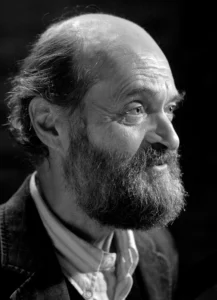
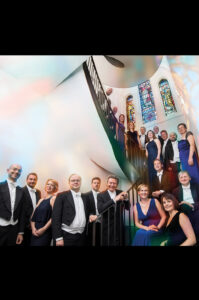
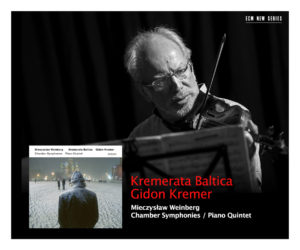
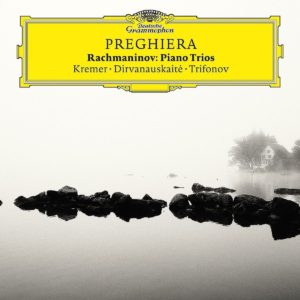
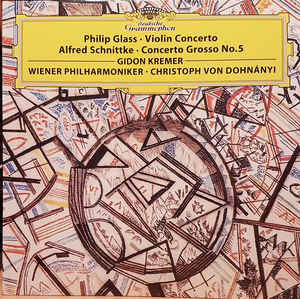
 Arvo Pärt: Symphony No. 4
Arvo Pärt: Symphony No. 4 Estonian composer Arvo Pärt turned 75 yesterday. His record label ECM Records is celebrating his three-quarters of a century with two new recordings.
Estonian composer Arvo Pärt turned 75 yesterday. His record label ECM Records is celebrating his three-quarters of a century with two new recordings.